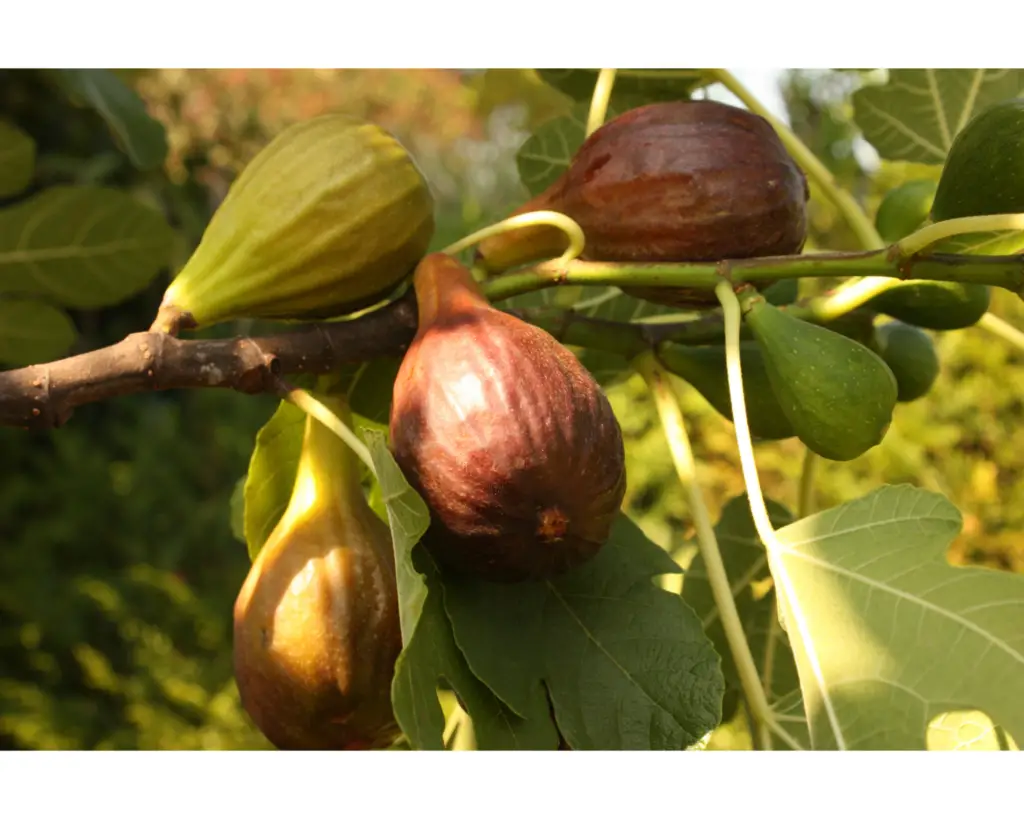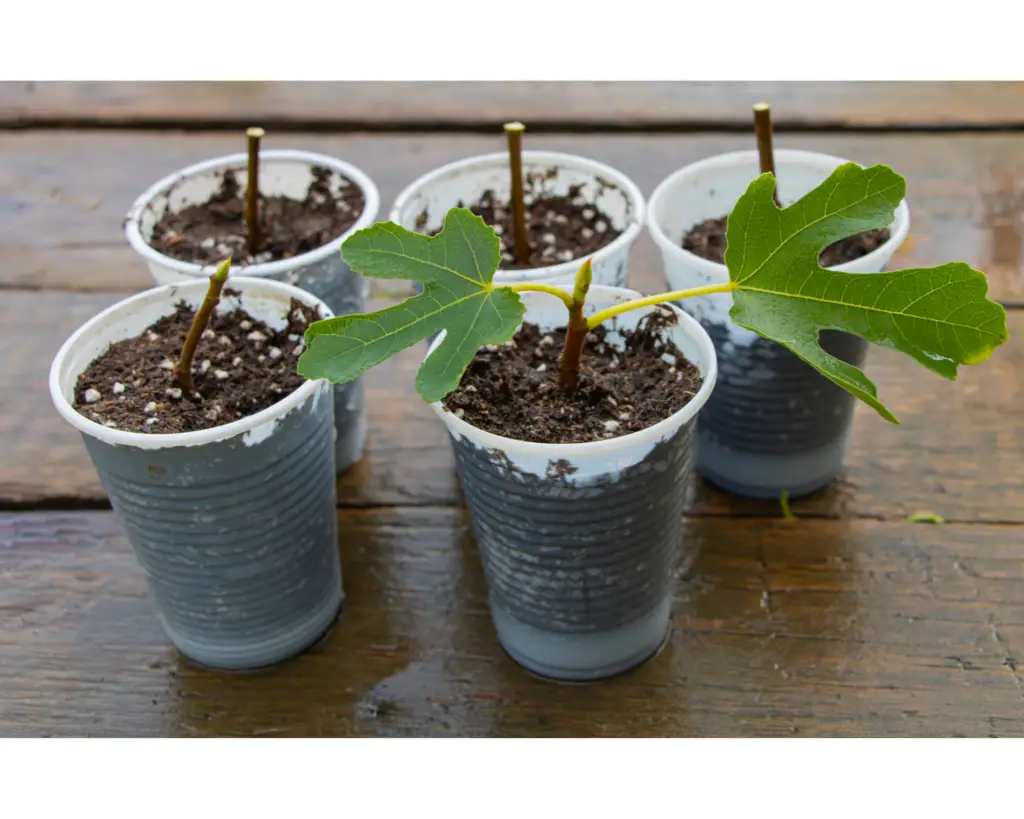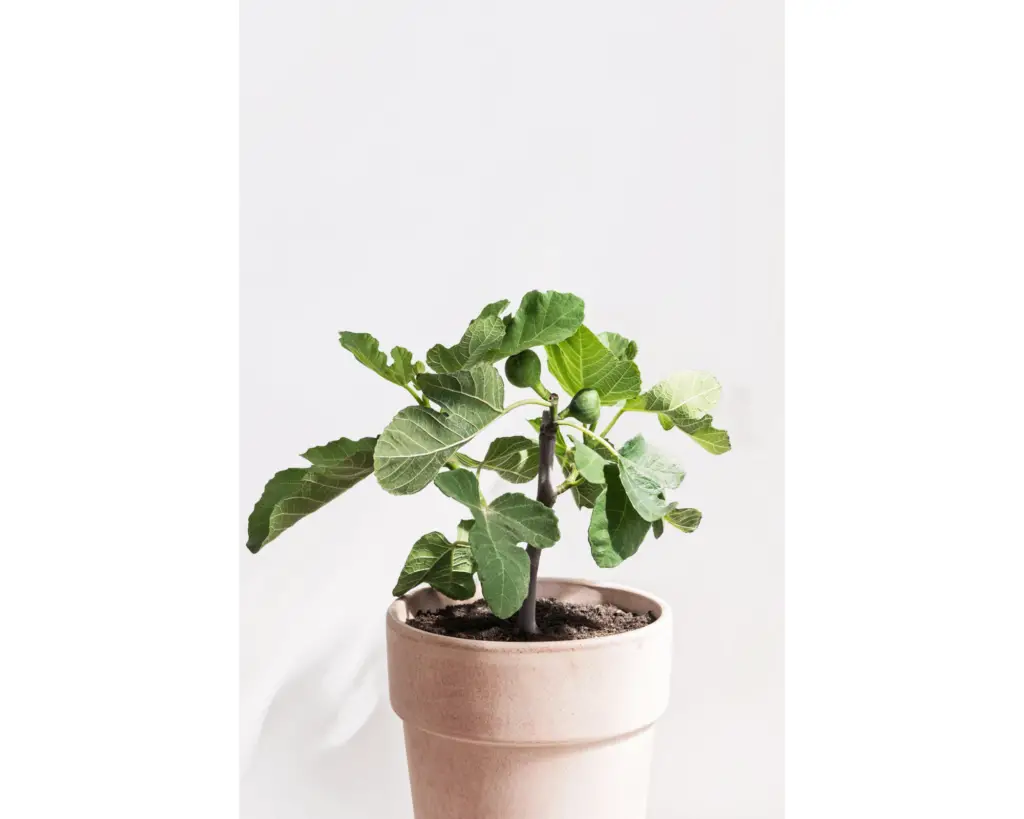Having a fig tree in your home can be a delightful and rewarding experience. While fig trees are typically grown outdoors, it is entirely possible to cultivate them indoors and enjoy their lush foliage and delicious fruit all year round. Indoor fig trees not only add a touch of greenery to your living space but also provide you with fresh figs that can be used in various culinary creations.
In this comprehensive guide, we will walk you through the step-by-step process of successfully growing a fig tree indoors. We will cover everything from selecting the right variety and obtaining a healthy plant to providing the optimal growing conditions and caring for your tree throughout its lifecycle. So, let’s dive in and discover the secrets to cultivating a thriving fig tree indoors.

Table of Contents
Choosing the Right Fig Variety
When it comes to growing a fig tree indoors, selecting the right variety is crucial. Some fig varieties are more suitable for indoor cultivation due to their compact size, adaptability to container gardening, and ability to thrive in indoor conditions. Here are a few popular indoor fig tree varieties:
- ‘Petite Negra’: This dwarf variety is ideal for small indoor spaces, reaching a height of about three feet (under 1 metre). It produces sweet, black-skinned figs that are rich in flavour.
- ‘Ischia’: Another compact variety, the ‘Ischia’ fig tree grows to about four to six feet tall (1.2 – 1.8 metres). It produces medium-sized, green-skinned figs that are sweet and juicy.
- ‘Little Ruby’: This miniature fig tree variety is perfect for tabletop or windowsill gardening. It grows up to two feet tall (0.6 metres) and bears small, purple-skinned figs with a sweet flavour.
When selecting a fig tree, look for a healthy plant with a well-developed root system. Consider purchasing a young tree from a reputable nursery or garden center to ensure its viability.
Providing the Optimal Growing Conditions
To successfully grow a fig tree indoors, you need to create an environment that closely mimics its natural habitat. Here are the key factors to consider:
- Sunlight: Fig trees thrive in bright, direct sunlight. Place your tree near a south-facing window that receives at least six to eight hours of sunlight daily. If natural light is insufficient, you can supplement it with artificial grow lights.
- Temperature: Fig trees prefer moderate temperatures between 60-75°F (15-24°C) during the day and slightly cooler temperatures at night. Avoid exposing your tree to extreme temperature fluctuations, drafts, or cold drafts from air conditioning units.
- Humidity: Fig trees appreciate higher humidity levels, but they can adapt to average indoor humidity. To increase humidity, you can place a tray filled with water near the tree or use a humidifier.
- Soil: Fig trees require well-draining soil that is rich in organic matter. Use a high-quality potting mix with good water retention and aeration properties. Adding compost or aged manure to the soil can enhance its fertility.
- Container: Choose a container that is at least 12-16 inches (30-40 centimetres) in diameter and has drainage holes to prevent waterlogging. Opt for a lightweight material like plastic or fiberglass that is easy to move and won’t cause root damage.
- Watering: Keep the soil evenly moist, but avoid overwatering, as it can lead to root rot. Allow the top inch of the soil to dry out between waterings and adjust the frequency based on the environmental conditions and the tree’s needs.

Proper Fig Tree Care
To ensure your indoor fig tree thrives, it’s important to provide proper care and attention. Here are some essential care tips:
- Pruning: Regular pruning helps maintain the size and shape of the tree, promotes air circulation, and encourages new growth. Prune during the dormant season (late winter or early spring) and remove any dead, diseased, or crossing branches.
- Fertilisation: Feed your fig tree every four to six weeks during the growing season (spring and summer) with a balanced, water-soluble fertiliser. Follow the manufacturer’s instructions for dosage and application method.
- Pollination: Indoor fig trees may require manual pollination since they lack natural pollinators like wind or insects. Gently transfer pollen between the flowers using a small brush or cotton swab to ensure fruit set.
- Fruit Protection: As figs ripen, they become attractive to insects. To protect your fruit, consider using organic insecticidal soap or other natural remedies to control pests. Harvest ripe figs promptly to prevent spoilage.
- Dormancy Period: Fig trees require a period of dormancy during the winter months to rest and prepare for the next growing season. Reduce watering and stop fertilising during this time. Place the tree in a cool room with reduced light to simulate winter conditions.

Conclusion
Growing a fig tree indoors can be a fulfilling endeavor, allowing you to enjoy fresh figs and the beauty of a thriving plant year-round. By selecting the right variety, providing optimal growing conditions, and giving your tree the care it needs, you can successfully cultivate a healthy and productive fig tree in your home. Remember to stay attentive to your tree’s needs, monitor for pests and diseases, and adjust your care routine accordingly. With patience and dedication, your indoor fig tree will reward you with its lush foliage and delicious fruits, adding a touch of nature’s abundance to your indoor space. Happy fig tree growing!
